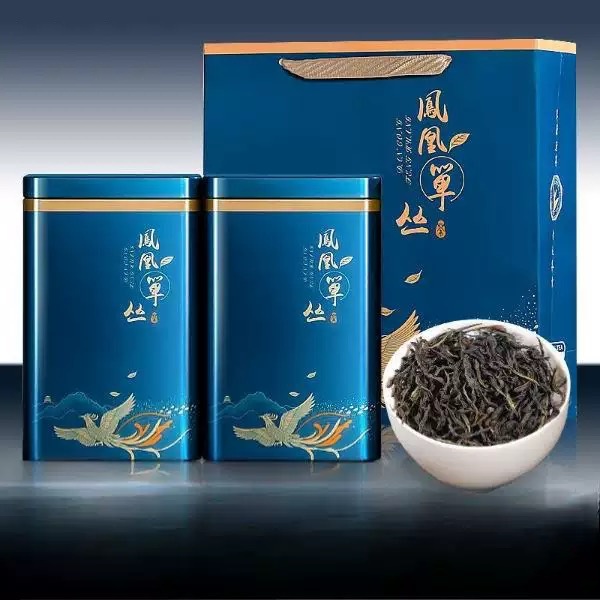The Origins and Historical Development of Oolong Tea

# The Origins and Historical Development of Oolong Tea
## Introduction to Oolong Tea
Oolong tea, also known as wulong tea, is a traditional Chinese tea that occupies a special place between green and black teas in terms of oxidation. With its complex flavor profile and rich cultural heritage, oolong tea has captivated tea enthusiasts worldwide for centuries.
## The Birth of Oolong Tea
The origins of oolong tea can be traced back to China’s Fujian province during the Ming Dynasty (1368-1644). The name “oolong” translates to “black dragon” in Chinese, which some believe refers to the dark, twisted appearance of the tea leaves resembling a dragon’s shape.
### Legendary Beginnings
Several legends surround the discovery of oolong tea:
– The Wuyi Mountain Legend: A tea farmer named Wu Liang (later corrupted to “oolong”) was distracted by a deer while processing tea leaves, resulting in partial oxidation
– The Emperor’s Gift: Some stories claim oolong was first created as a tribute tea for emperors
– The Accidental Discovery: Another version suggests oolong was discovered when tea leaves were left to oxidize longer than intended
## Historical Development
### Ming Dynasty Foundations
During the Ming Dynasty, tea production techniques evolved significantly. The practice of allowing tea leaves to partially oxidize before firing created this new category of tea. The Wuyi Mountains in Fujian became the cradle of oolong production, with techniques gradually spreading to other regions.
### Qing Dynasty Expansion
The Qing Dynasty (1644-1912) saw oolong tea gain imperial favor and commercial importance:
– 18th century: Oolong production expanded to Anxi county in Fujian
– 19th century: Tea trade with Europe flourished, with oolong becoming particularly popular in England
– Late 1800s: Oolong cultivation spread to Taiwan, where it developed unique characteristics
## Regional Variations
Over centuries, distinct oolong-producing regions developed their own styles:
### Fujian Oolongs
– Wuyi Rock Teas (Yancha): Grown in mineral-rich soil, known for their “rock rhyme” flavor
– Anxi Tieguanyin: Famous for its orchid aroma and smooth texture
### Guangdong Oolongs
– Phoenix Mountain Dan Cong: Single-bush teas with remarkable fragrance diversity
### Taiwanese Oolongs
– High Mountain Oolongs: Grown at elevation, prized for their floral notes
– Dong Ding: Traditional roasted oolong with balanced flavor
– Oriental Beauty: Unique bug-bitten leaves create honey-like sweetness
## Modern Oolong Tea
Today, oolong tea continues to evolve while maintaining its traditional roots:
Keyword: Origin and History of Oolong Tea
– Global appreciation has led to increased production worldwide
– Scientific research has validated many of oolong’s health benefits
– Artisanal producers preserve ancient techniques alongside modern innovations
– Tea competitions and certifications help maintain quality standards
From its mysterious origins in China’s mountains to its current status as a globally beloved beverage, oolong tea’s journey reflects centuries of craftsmanship, cultural exchange, and continuous refinement. Each cup offers not just exquisite flavor, but a taste of history itself.
